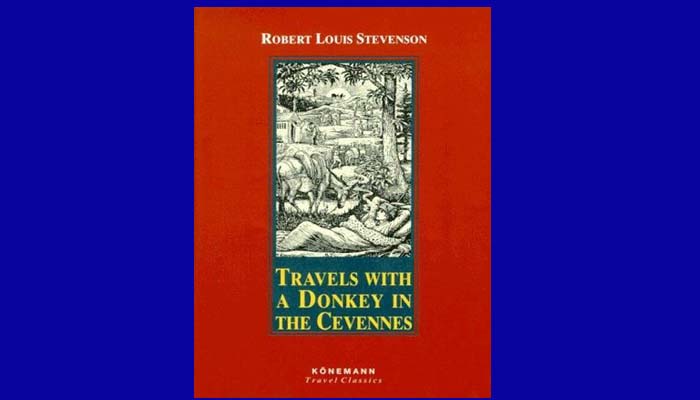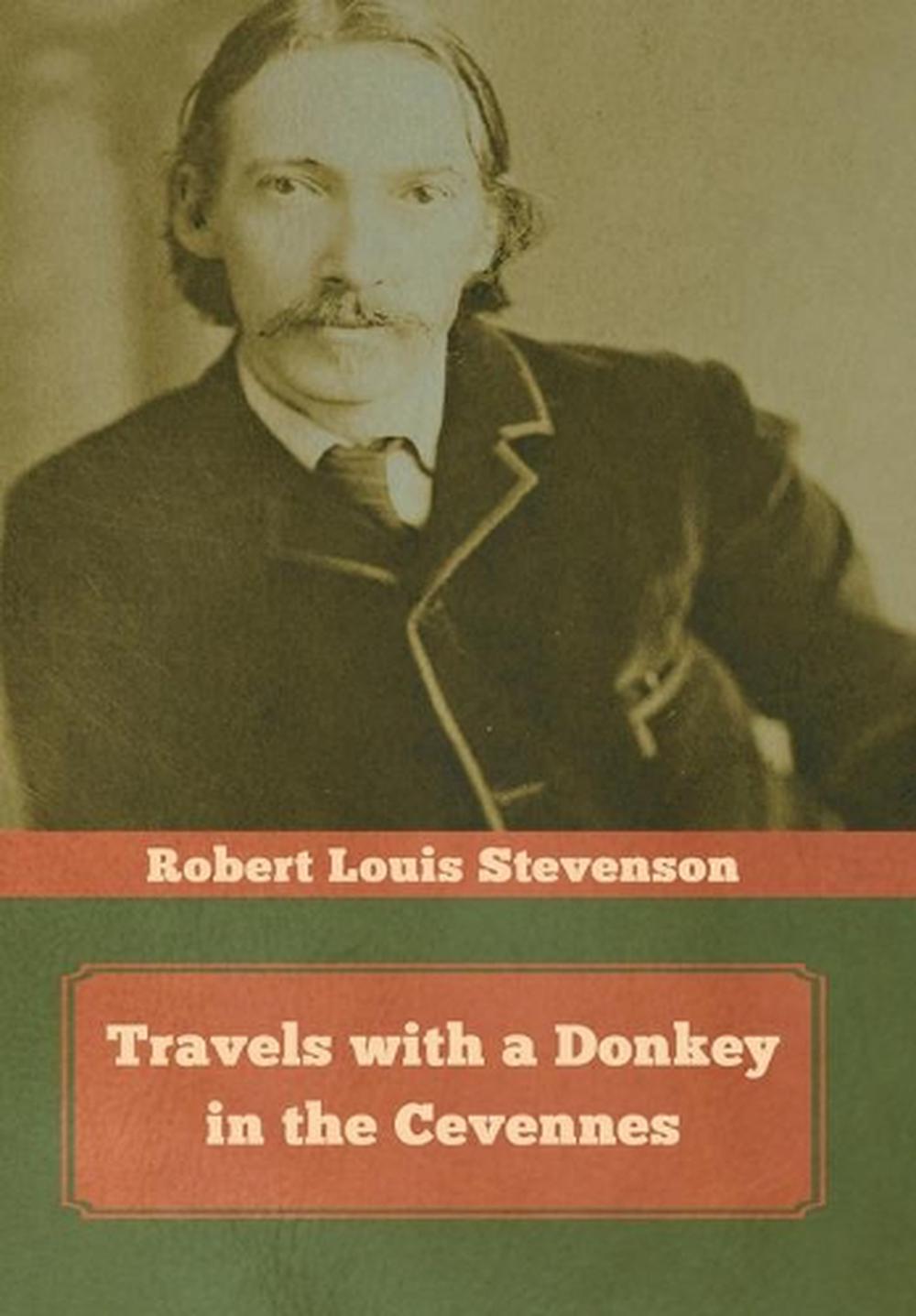

This leads Vasil to start whipping EO which leads Kasandra to come charging in and confront Vasil. EO: EO in the early scene where he refuses to pull Vasil the circus owner's cart.In Der Schuh des Manitu, while the Greek talks about the cleverness of his donkey, the beast steps on the rails, refuses to move and gets killed by an express train.Gust: Aren't they born with that instinct? I mean, isn't that something they want to do naturally? It can go with Diligent Draft Animal when donkeys and mules are used for physical labor and pulling loads. Compare Moody Mount (which is for rideable animals other than donkeys and mules being troublesome). More rarely, hinnies - the other horse/donkey hybrid mules have a horse mother and donkey father, while hinnies are the other way around - may be depicted this way as well. Note that strictly speaking, a donkey (or ass, of which a "jackass" is the male and a "jenny" the female) is a separate species a mule is a (usually) sterile hybrid, a cross between a male donkey and a female horse, as opposed to a hinny, the offspring of a male horse and a female donkey.ĭespite the name, this trope is equally applicable to full-blooded donkeys as it is to mules.

This makes them less obedient to humans, and therefore we perceive them as stubborn, but consider: you can ride a horse to death, but a donkey will stop when it's exhausted. Finally, paradoxically, the mule has been used to symbolize sturdy, if stubborn, practicality, and a no-nonsense attitude towards the harsher realities of life.īoth these characterizations (ironically) come from the fact that donkeys and mules are more intelligent than horses and have a stronger sense of self-preservation note Unlike their cousins donkeys originally hail from a desert climate where they lived solitary lives and had to be "smarter" in order to survive. On still other occasions the donkey is used to depict low status or servility, especially when contrasted with more favored beasts such as the horse or the hound. It was probably this characterization that led to the modern usage of "ass" to mean "fool". Sometimes the ass is used as a symbol not so much of stubbornness, as of sheer stupidity. Less commonly, the mule or donkey will be used as a steed instead, typically on a path too harsh for horses, and at an arbitrary point in the path suddenly refuse to move any further. If it will be convinced to move at all, it will only be by dint of much pulling, pushing, and cursing, and most likely after some judicious application of goads or stout sticks. This typically applies in the context of trying to use them as beasts of burden, with the animal in question stubbornly refusing to pull its cart or haul its load and firmly planting itself in its spot.

It's a common stereotype for mules, as well as for their donkey sires, to be stubborn, recalcitrant, and uncooperative animals.


 0 kommentar(er)
0 kommentar(er)
